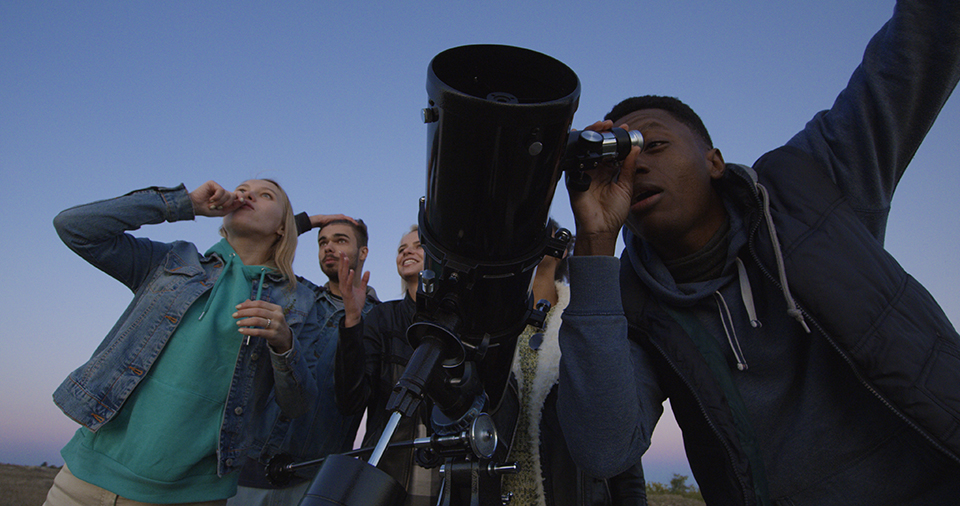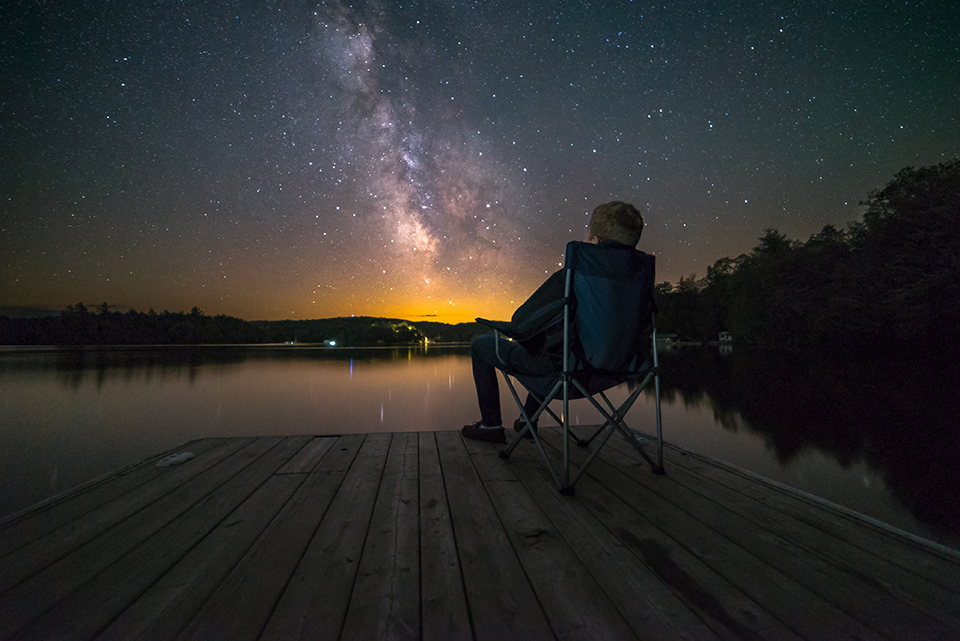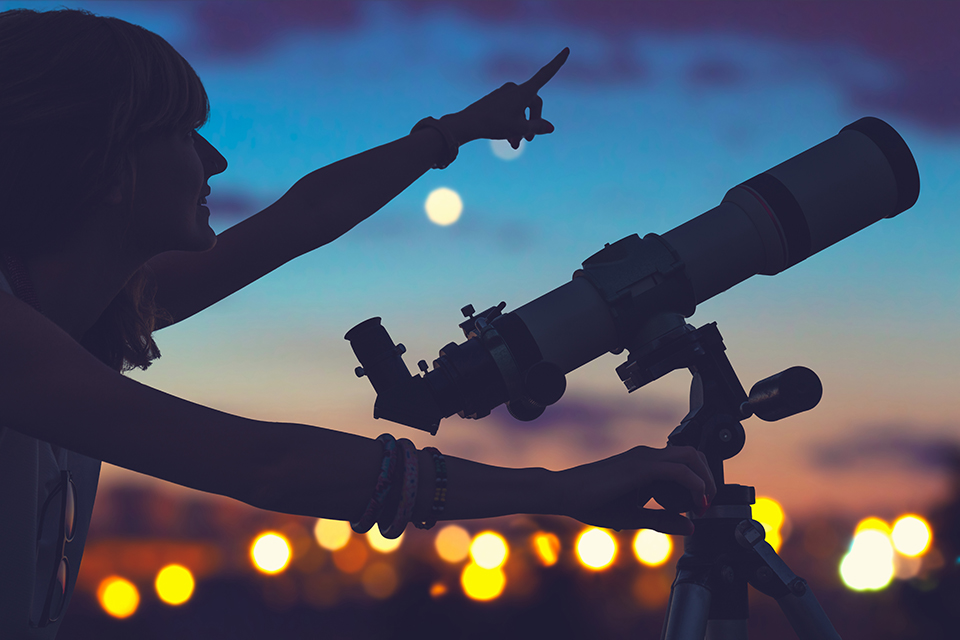How bright are the stars in Texas? They’re so big and bright that June Hershey wrote a song about them.
But you don’t have to be deep in the heart of Texas to see all the stars in the sky. With so much space free of light pollution that makes it hard to see great constellations, the Lone Star State makes it easy to be a professional astronomer or a novice stargazer.
Patten Title is happy to help new star watchers as they learn the trade and find places across the state to consider for their stargazing pleasure.
But First, Some Stargazing Tips

Find the Right Apps
If you are new to searching for constellations, Star Walk 2 is a free app that allows you to identify stars and constellations just by pointing your phone. This app will take the guesswork out of wondering which stars you’ve found and provide you with a guide to help find the most popular stars and constellations.
Invest in Good Binoculars or a Telescope
High-quality binoculars will allow you to gaze deep into the sky. With a good set of regular binoculars, you can observe the moon’s craters. For a deeper dive into the nighttime sky, a telescope helps you see planets, galaxies, and nebulae.
Choose the Best Season
Because the nights are longer and clearer in the winter, the best time to see stars is December-March. However, the downside is the unpredictable weather. While summer is warmer, you’ll usually compete with mosquitoes and other nighttime pests.
Scout Out the Weather
Look ahead for a clear night. This might mean checking the weather app on your phone or heading to a website like AccuWeather that creates astronomy weather forecasts by area.
Look For the Right Site
Talk to your local astronomy club about the best place to set up for the night, or check out our list below. The Texas Parks and Wildlife Department also maintains a list of Dark Skies Sites across the state.
Top Locations for Stargazing in Texas
Big Bend Ranch State Park is northwest of Big Bend State Park on the border. It was certified as a dark park in 2017 and frequently organizes stargazing events. Biking, cycling, hiking, and exploring the massive piece of land are other activities.
Big Bend State Park is one of the least polluted state parks in the country because it has so few visitors. It was designated as a certified dark park in 2012, and there isn’t a bad spot to look at the stars. The Chisos Mountains offer a spectacular backdrop for taking photographs.
Brazos Bend State Park is a great state park near Houston to check out the stars. You can get a bird’s eye view of the stars with the telescope in George Observatory. The observatory, which is part of the Houston Museum of Natural Science, is only open on Saturday nights and advance tickets are required.
Canyon of the Eagles Resort is located by Lake Buchanan and boasts 29 telescope stations for visitors to set up. The Austin Astrological Society meets there weekly, and the Eagle Eye Observatory is open for guests year-round.
Davy Crockett National Forest is filled with trees, which help block light pollution and create better views for stargazers. Since it’s about two hours from any big city, the skies are almost always dark.
Enchanted State Park is designated as a Dark Park, and it offers a great view of the Milky Way. You can also enjoy the yearly rock party dedicated to checking out the night sky.
Inks Lake State Park is just an hour from Austin and holds starry night parties and hikes around Inks Lake. Consider this location as a great place to go camping with a group of like-minded stargazers.
Matagorda Island has 38 miles of pristine shoreline and bay line marshes. The only way to get to Matagorda is by a private boat or ferry, but the rugged, solitary beauty of the island makes it a great place to stargaze. Night hikes are regular events during a full moon.
McDonald Observatory is part of the astronomy department at the University of Texas. The staff hosts daily tours, weekly stargazing parties and special viewing nights with some high-powered telescopes. This is an excellent place for families to see the stars and learn about them from in-depth from experts.
Palo Duro Canyon State Park near Amarillo hosts regular moon hikes year-round. Families that are new to camping can enhance their experience with a night or two in one of the park’s “glamping” tents.



